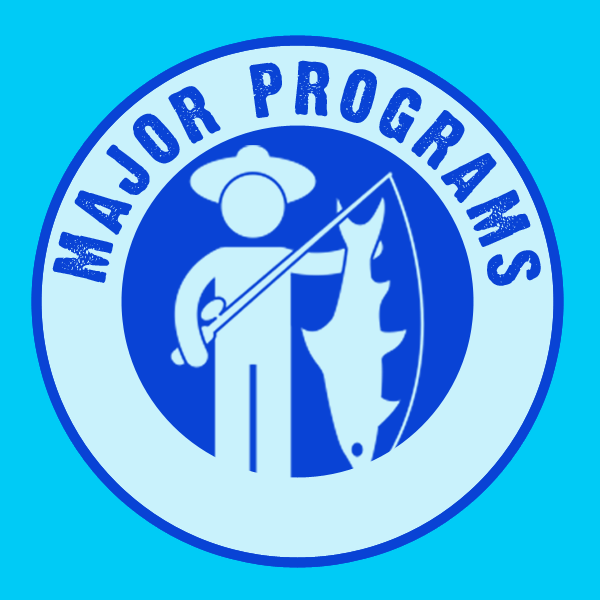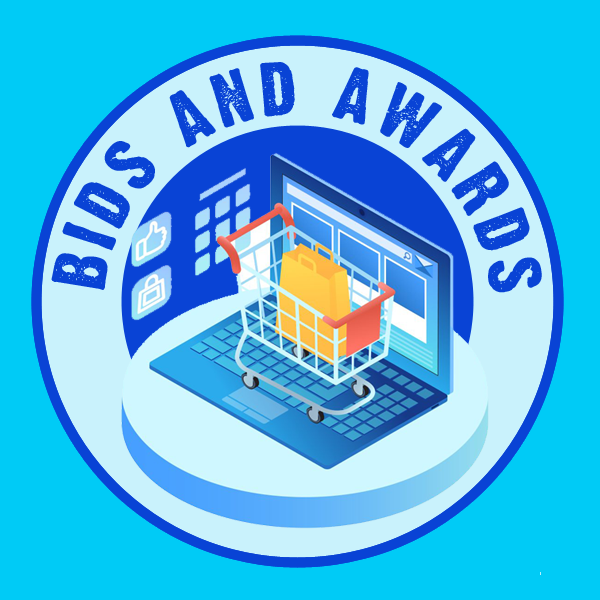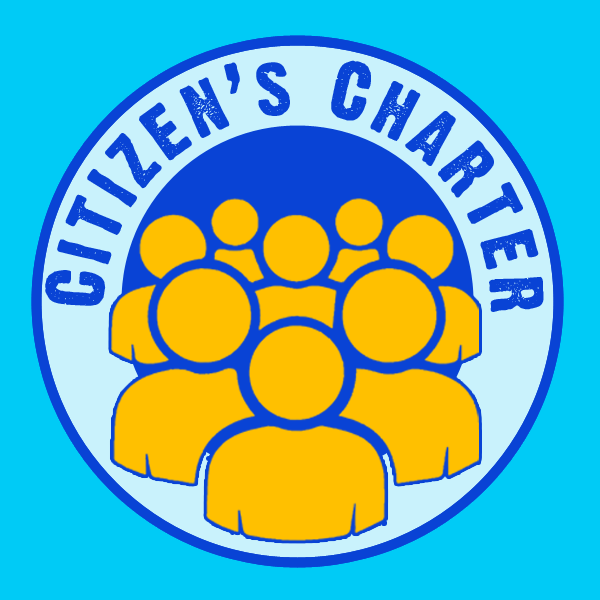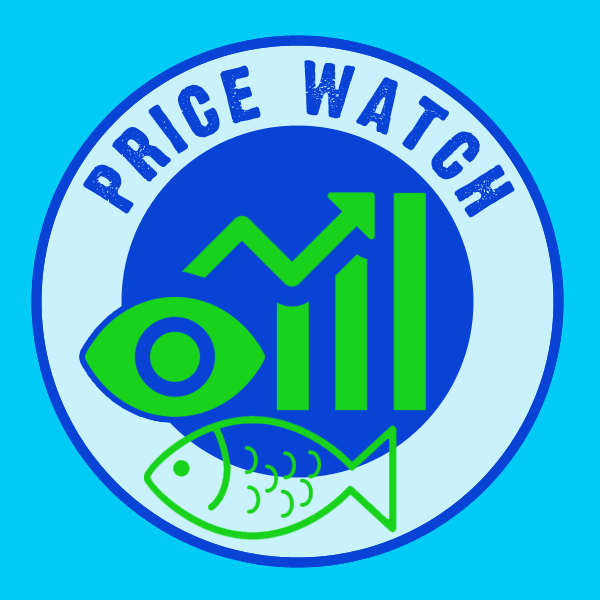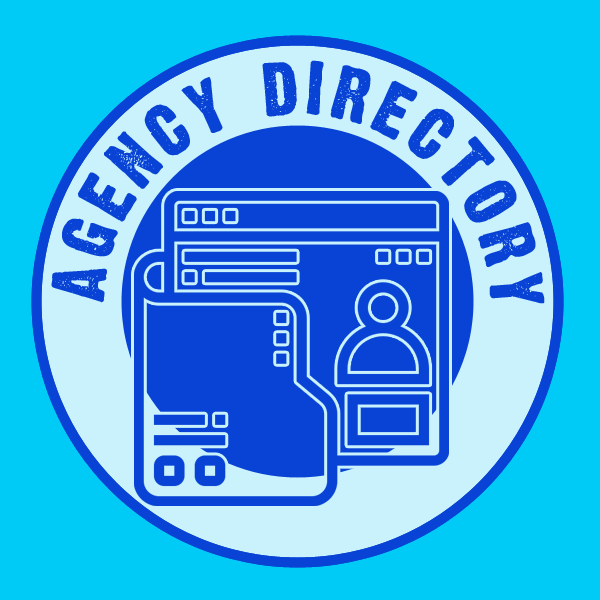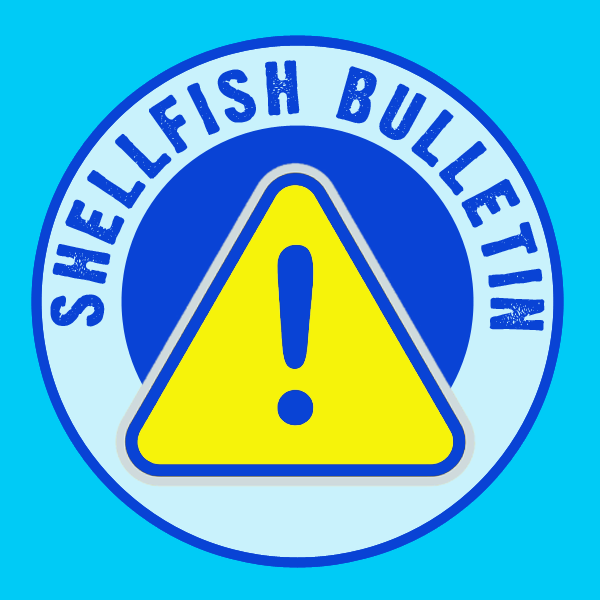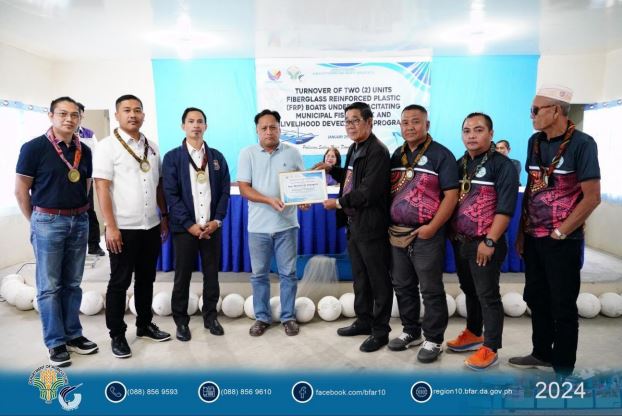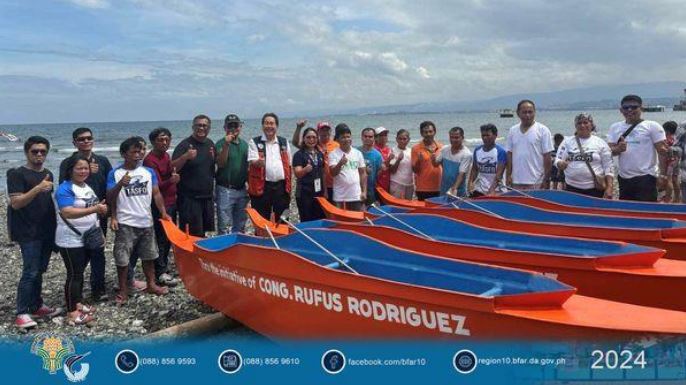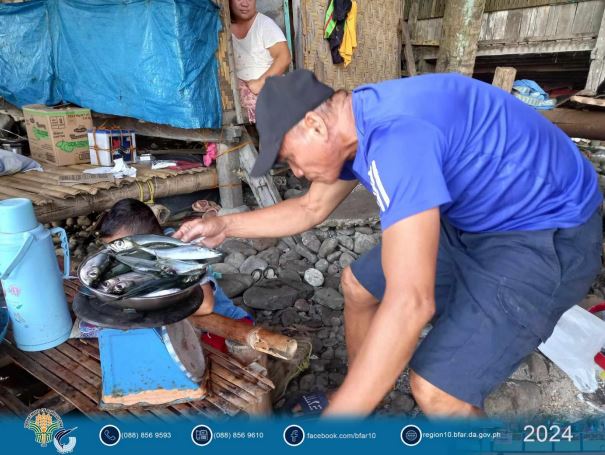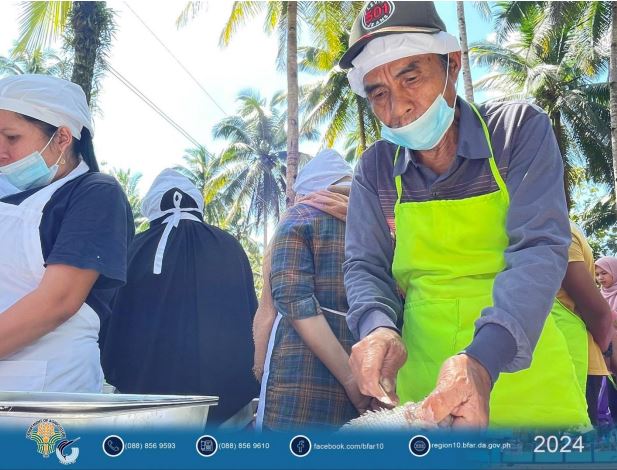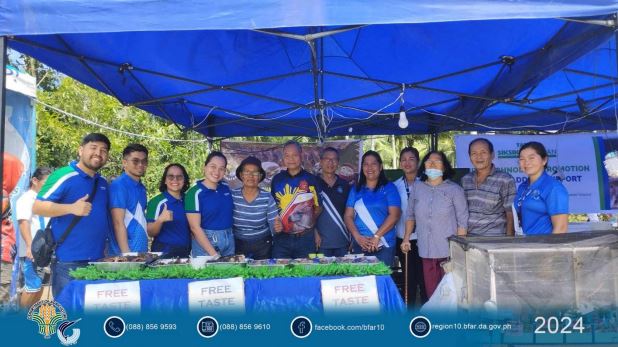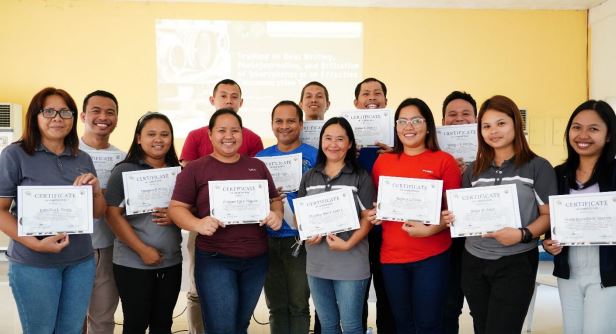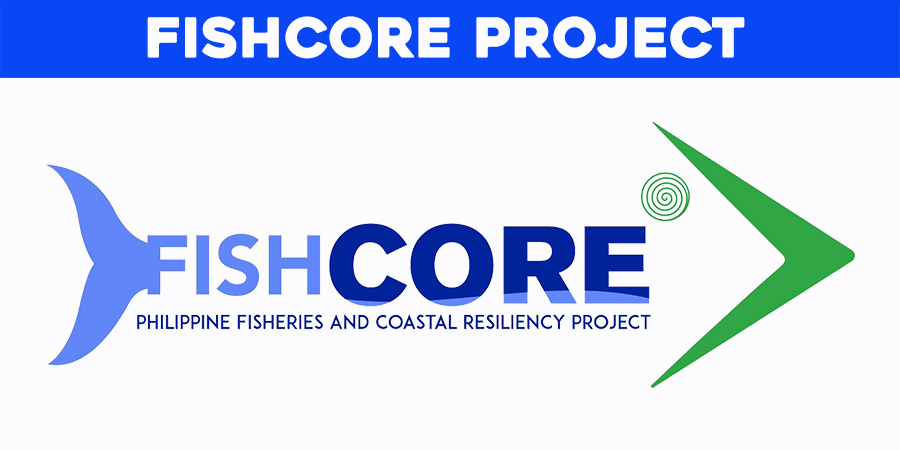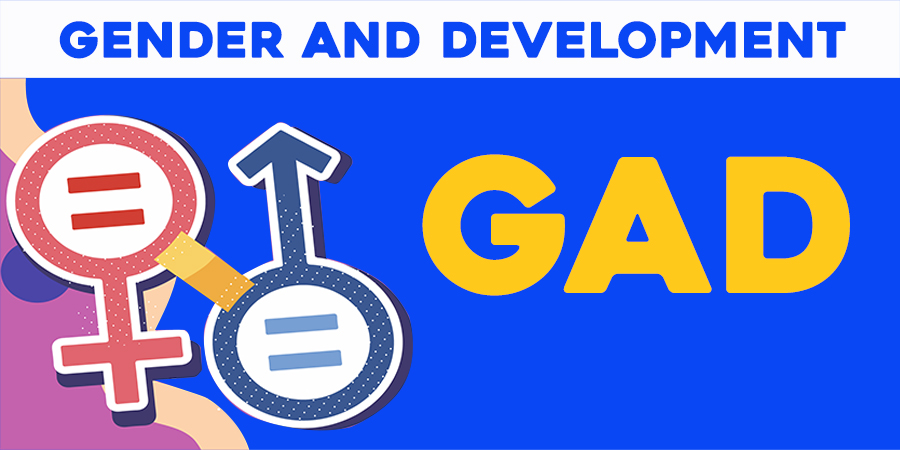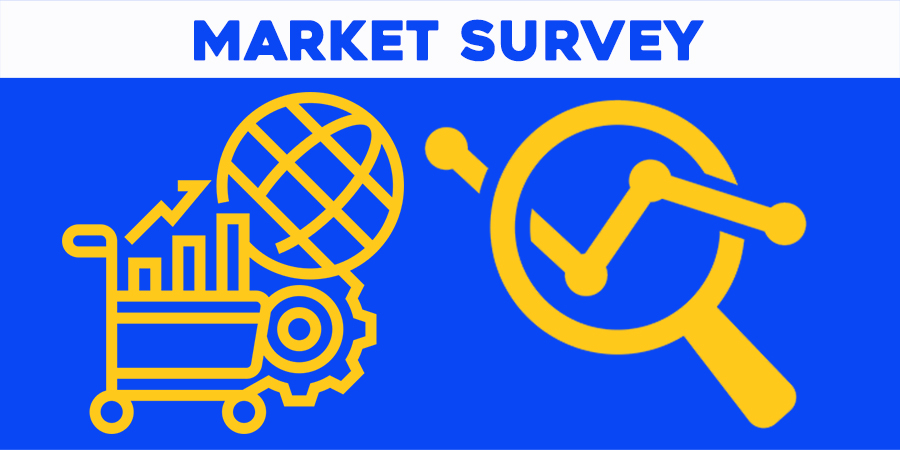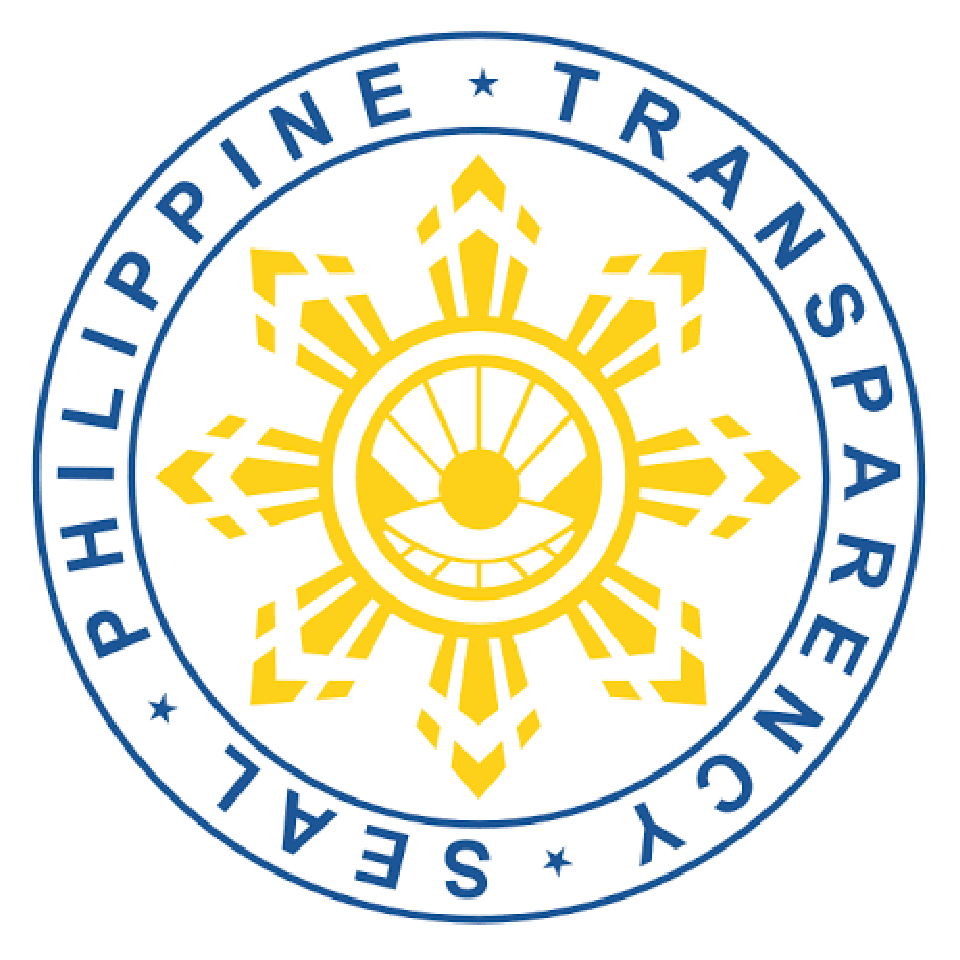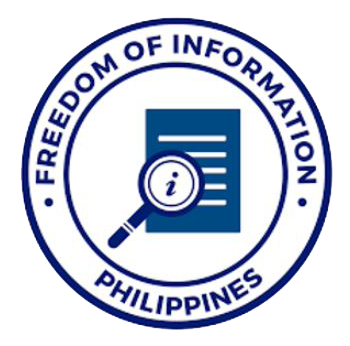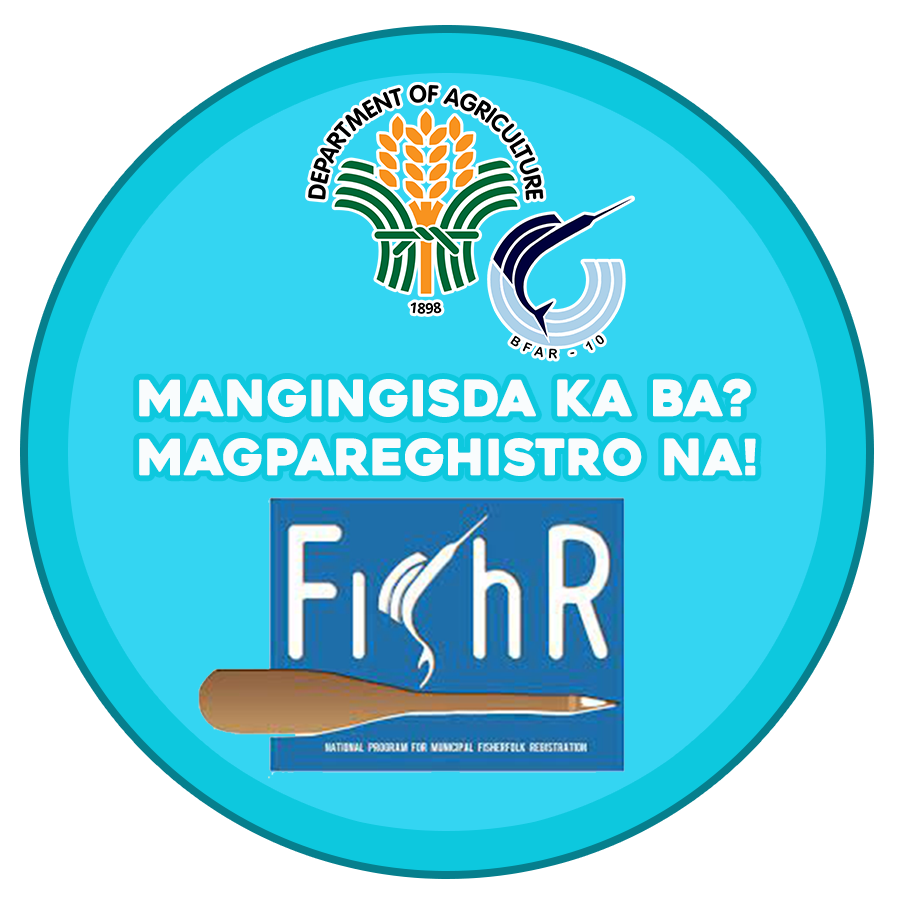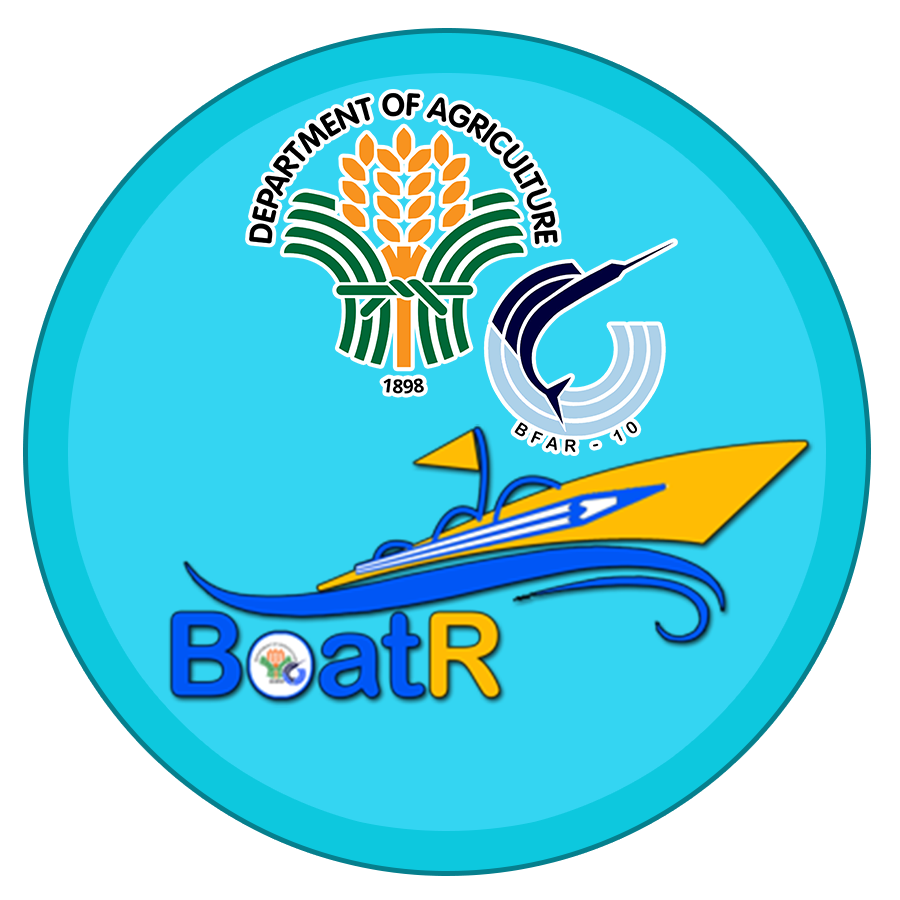BUREAU OF FISHERIES AND AQUATIC RESOURCES-10
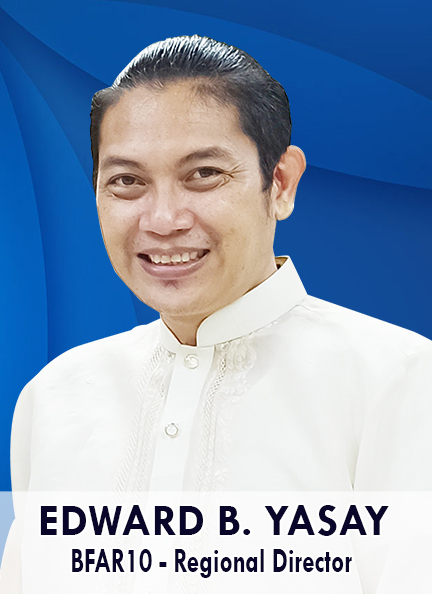
BFAR-10 News
𝐁𝐅𝐀𝐑-𝟏𝟎 𝐡𝐚𝐧𝐝𝐬 𝐨𝐯𝐞𝐫 𝐭𝐰𝐨 𝐜𝐨𝐦𝐦𝐞𝐫𝐜𝐢𝐚𝐥 𝐟𝐢𝐬𝐡𝐢𝐧𝐠 𝐛𝐨𝐚𝐭𝐬 𝐢𝐧 𝐒𝐍𝐃
𝐓𝐚𝐛𝐥𝐨𝐧 𝐟𝐢𝐬𝐡𝐞𝐫𝐟𝐨𝐥𝐤 𝐚𝐜𝐪𝐮𝐢𝐫𝐞 𝟑𝟖-𝐟𝐨𝐨𝐭𝐞𝐫 𝐟𝐢𝐬𝐡𝐢𝐧𝐠 𝐛𝐨𝐚𝐭, 𝐩𝐚𝐤𝐮𝐫𝐚
SAAD BFAR-10 trains associations on tilapia processing in Tangcal, PoonaPiagapo
BFAR-10 and Santeh: Hito innovation unleashes culinary and economic brilliance
BFAR 10 boosts SAAD implementers’ skills in online journalism
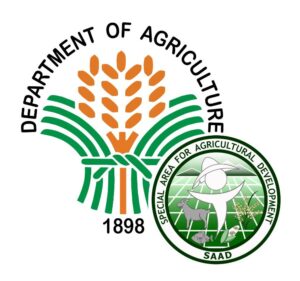
About the SAAD Program
The Special Area for Agricultural Development (SAAD) Program of the Department of Agriculture (DA) is essentially anchored in poverty incidence reduction, and local agricultural production activation, through livelihood assistance for marginalized Filipino farmers and fishers. The program is committed to the development of marginalized Filipino communities by improving their economic conditions through the creation of livelihood opportunities in the agriculture and fishery sectors. Phase 1 SAAD is the brainchild of former DA Secretary Emmanuel F. Piñol, launched in 2016 to address poverty in remote rural landscapes where the underrepresented communities reside. Every year, ten (10) poorest provinces in the Philippines were targeted and identified as beneficiaries of livelihood projects based on poverty incidence among families released by the Philippine Statistics Authority (PSA) in 2012 and 2015, with the inclusion of conflict-stricken areas under the E.O. 70 series or End Local Communist and Armed Conflict (ELCAC) in 2019. In the midst of 2019, Piñol’s administration was turned over to DA Secretary William D. Dar. He brought with him his “New Thinking” for Agriculture geared towards a food-secure Philippines with prosperous farmers and fisherfolk. His eight (8) paradigms of agriculture paved the way to continue and strengthen the SAAD Program implementation to realize the twin goals which are increasing productivity and making farmers and fishers prosperous with his term’s battle cry, “Masaganang Ani at Mataas na Kita” through the Plant, Plant, Plant Program. The SAAD National Program Management Office (NPMO) started under the leadership of former Assistant Secretary of the DA for Planning, Project Development, and Special Projects, Mr. Lerey A. Panes in 2017. This was followed by development expert Ms. Bernadette F. San Juan in 2017-2019, and agricultural scientist Dr. Myer G. Mula from 2019-2022. From August 2022 to the present, SAAD is led by a development economist and manager, Mr. Ulysses J. Lustria Jr. The NPMO facilitates the program’s execution through its four primary clusters, 1) Administrative and Procurement, 2) Planning, Monitoring, and Evaluation, 3) Public Relations and Communications, and 4) Information Technology Sub-unit. These clusters play crucial roles in establishing policy guidelines for regional and provincial support units. Additionally, the NPMO takes charge of planning, budgeting, monitoring, and evaluation, overseeing essential processes for the program’s successful operation. Since its inception in 2017, SAAD has made transformative changes in advancing the welfare of the most marginalized farmers and fishers in select “special areas” across 30 provinces in the country. Without any stone unturned, the Program finished its Phase 1 in 2022 positively and with confidence having to tap all possible points of collaboration, and synergy – putting in place policies, procedures, projects, and means to execute these projects, as well as localized arms to facilitate local operations despite budget limitations. Phase 1’s measurement in terms of impact was based on household food consumption hence its first level proposition of its binary rationale, “food on the table”. From 2017 to 2022, the program reached 440 municipalities and 27 cities in 11 regions. In that period, SAAD launched 3,602 projects in farming and fishing, aiding 143,520 individuals and 6,319 farmers and fishers’ cooperatives and associations (FCAs) with 179,088 total members. Phase 2 With the same thrusts as Phase 1, SAAD Phase 2 is designed to contribute to the reduction of poverty incidence in its covered areas through its four (4) core components, 1) Social Preparation, 2) Food Production and Livelihood, 3) Marketing Assistance and Enterprise Development, and 4) Program Management where all activities are anchored in fulfilling rational gradual development to its clients. These components are defined as follows:
- Social Preparation – refers to a series of activities that helps identify the basic and complex needs of its target beneficiaries that shall serve as the baseline for the beneficiaries’ social and economic improvement relative to agriculture and fisheries. These activities encompass various needs assessment, profiling and capacity building activities.
- Food Production and Livelihood – refers to agriculture and fishery goods and services provided to its beneficiaries packaged into a transformative livelihood project that allows the beneficiaries to develop into entrepreneurs.
- Marketing Assistance and Enterprise Development – refers to market related activities that assist and support the provided livelihood projects to develop into enterprises to sustain source of income and improve socio-economic status of its covered beneficiaries.
- Program Management – refers to activities (both goods and services) procured, conducted and/or utilized by the program implementers in order to deliver quality and timely goods and services for its target beneficiaries.
With the 6-year extension, while SAAD no longer covers previous beneficiaries, it intensifies the social preparation component adjoining needs assessment tools to provide the most suited livelihood to the beneficiaries. The second implementation phase will continue the diversification and integration of livelihoods such as crops, livestock, fisheries, postharvest-related projects, and value-adding based on the assessed needs of its beneficiaries considering feasibility results from the Beneficiary Needs Assessment (BNA) and Participatory Rural Appraisal. From SAAD Phase 1 coverage of 11 regions focused on the top 30 most marginalized provinces, SAAD Program Phase 2 (2023-2028) transitioned to assist municipalities as main target areas where 619 municipalities in 56 provinces belonging to the 5th-6th income classes, and the top third most marginalized areas based on poverty incidence rates (excluding BARMM) are assessed to receive agri-fisheries projects. The selection is based on the PSA 2018 Small Area Estimates and Department of Finance (DOF) Order No. 23-08. From providing food on every Filipino table, SAAD Phase 2’s main objective is to develop its beneficiaries from producers to agri-entrepreneurs through the adoption of updated farming/fishing practices and technologies; incorporation of product development and value addition through processing, and introduction of sustainability concepts through marketing activities.

Philippine Fisheries and Coastal Resiliency (FishCoRe) Project
FishCoRe is a seven-year World Bank-funded project that prioritizes a comprehensive approach to fisheries governance, with a focus on the social and ecological dimensions of the Philippines Waters and its resources. It is committed to using a science-based, participatory, and transparent framework. NFRDI, BFAR, and PFDA have collaborated and finalized a work program to benefit approximately half a million fishers and stakeholders. This project adopts the Ecosystem Approach to Fisheries Management (EAFM) as outlined in RA 10654, which prioritizes a holistic approach that enhances the human component, manages and conserves the Philippines Waters and its resources, and governs fisheries in a transparent, participatory, and science-based manner.
The fabrication and distribution of fiberglass reinforced plastic (FRP) boats support fisherfolk through the replacement of old dilapidated wooden boats or depending upon their needs. These boats are not only environment-friendly, as the use of plastic will reduce cutting of trees that serve as lumber for wooden boasts, but are also more durable, sturdier, disaster-resilient and climate -proof (insinkable) thereby ensuring the safety of fisherman at sea. To help uplift the economic status of the fisherfolk by educating them to become responsible resource users, the Bureau has coupled the provision of livelihood intervention with institutionalized capacity building and training on FRP construction through the cash for work scheme known as “Banca ko, gawa ko” and maintenance of FRP boats. As of December 31 of this year. 846 fiberglass boats were already distributed to 839 individuals and 68 groups. The FB Pagbabago Program has also accomplished other activities such as the providing technician assistance to private sector at the BFAR-NMFDC, MCS Station and regional field offices.







